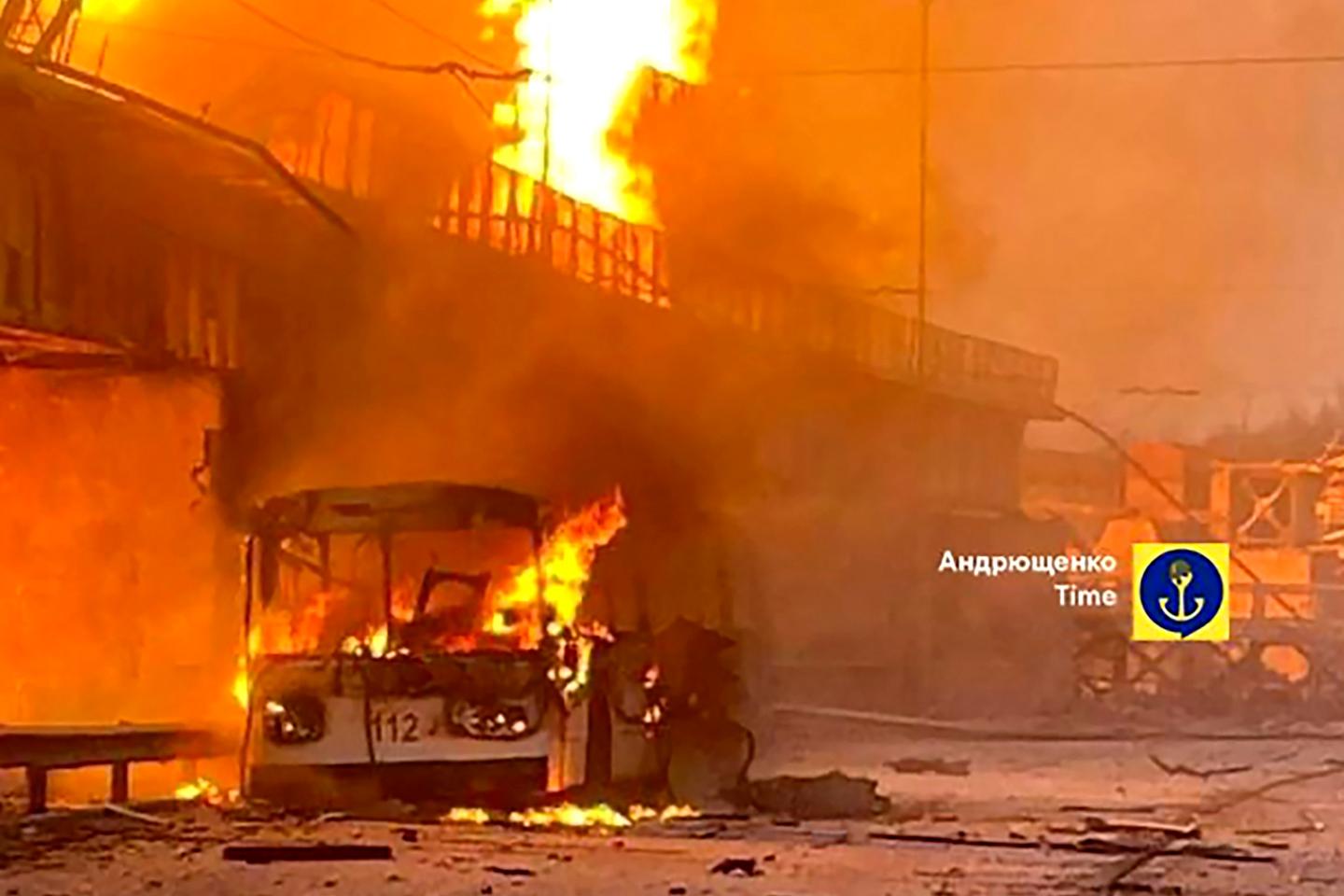Far right surges in first round, left comes second ahead of Macron’s camp – Technologist
The far-right Rassemblement National made historic progress in the first round of France’s snap legislative elections on Sunday, June 30, in a vote marked by a high increase in turnout. With 34% of the vote together with its allies, according to initial estimates, the party led by Marine Le Pen and Jordan Bardella almost doubled its score from the 2022 elections, as it hopes to conquer power for the first time.
President Emmanuel Macron, who called the snap elections on June 9 after his side’s defeat in the European elections, sees his coalition rank third, with 20.3%, as the alliance of left-wing parties, the Nouveau Front Populaire, reached 28.1%, according to the initial estimates from Ipsos Talan for France Télévisions, Radio France, France24/RFI and LCP Assemblée Nationale.
Macron, in a statement to Agence France-Presse immediately after the first estimates were published, called on voters to block the far right in the second round. “Faced with the Rassemblement National, it is time for a large, clearly democratic and republican rally for the second round,” he said. He saluted the improved turnout, calling it evidence “of a will to clarify the political situation” from French voters.
In recent years, the tradition of the “republican front” – when parties decide to back the candidates best placed to beat the far right, regardless of their affiliation – had broken down.
Le Pen called on voters to give her party an “absolute majority” in the Assemblée Nationale next Sunday. “We need an absolute majority for Jordan Bardella to be named prime minister by Emmanuel Macron in eight days,” she said, saying a win would enable the RN to work on France’s “recovery” and to “avoid the country falling into the hands of (…) a far left leaning toward violence.”
Jean-Luc Mélenchon, the leader of the radical left party La France Insoumise, called on left-wing candidates who ranked third but still qualified for the second round to withdraw, in order to support the better-placed candidate to beat the RN. “Not one vote, not one seat more for the RN,” he said. Leaders of the other left-wing parties issued similar calls.
The right-wing Les Républicains party said it would give no instructions to its voters for the second round. “We combat the outrageousness of a far left dominated by LFI, which wants to demolish our institutions, deconstruct our civilization,” the party said in a statement. “The Rassemblement national is not a solution either for France, [it will] lead to chaos,” it added.
Seat projections not accurate
The shape of the new Assemblée Nationale will only become clear after the second round on July 7, but Sunday’s results show the RN is closer than ever to reaching its goal. Voters in the 577 districts will have to choose next Sunday between the two best-placed candidates from the first round – sometimes three or even four, in districts where additional candidates meet the criteria to qualify. While estimates of the general power balance between the major political parties − expressed in percentages − are generally close to reality, projections of the number of potential seats for each party are much less accurate on the evening of the first round, because the outcome of the second round depends so much on the specific situation in each of the 577 constituencies.
Macron stunned the nation by calling snap polls after the RN’s strong showing in the European Parliament elections earlier this month, when the far-right party clinched a historic score of 31.37%. Macron’s own party had finished second in that election – in which the left-wing parties ran separate campaigns – with 14.6% of the vote.
Partner service
Learn French with Gymglish
Thanks to a daily lesson, an original story and a personalized correction, in 15 minutes per day.
Try for free
In the days following Macron’s decision, leaders across the political spectrum scrambled to prepare and form alliances. Three main blocs emerged from the talks, with Macron’s central coalition squeezed between two large opposition alliances.
Three blocs
On the left, the Socialists, the Greens, the Communists, and the radical-left party La France Insoumise found an agreement to form a new alliance, broader than the NUPES coalition they had formed in 2022 (which had obtained 25.66% in the first round of that year’s legislative elections).
On the right, the leader of LR, Eric Ciotti, called for an alliance between the mainstream right and the far right. Although his move was overwhelmingly opposed by his party’s top officials, he has so far won the legal battle in their efforts to oust him. Competing candidates ran under the LR label, some backed by Ciotti and the RN, some by the rest of LR. The LR candidates not allied with the RN obtained an estimated 10.2% of the vote, ranking fourth nationwide.
Macron’s decision to call the snap vote plunged the country into political turmoil and sparked uncertainty in Europe’s second-biggest economy. The Paris stock exchange suffered its biggest monthly decline in two years in June, dropping by 6.4%, according to figures released on Friday. Many pointed to a spike in hate speech, intolerance and racism during the charged campaign. A defiant Macron has stood by his decision to call the elections, even under criticism from his own supporters, and warned voters that a win by the far right or hard left could spark a “civil war.”
Voter participation sharply rose compared with previous elections. At 5 pm, turnout stood at 59.39% according to the Interior Ministry – a figure higher than the overall turnout in the last three legislative elections. Voting stations in many cities were scheduled to stay open until 8 pm.


